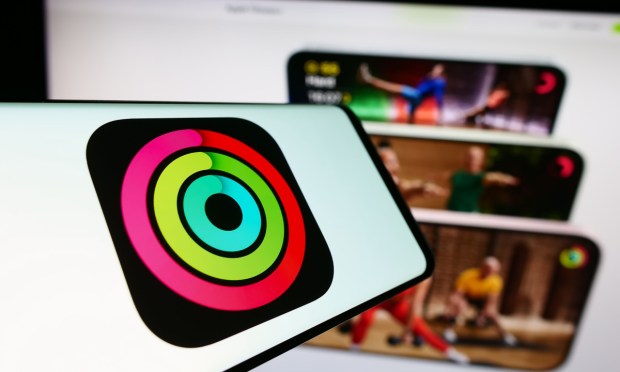
Apple is adding new offerings to its Fitness+ service as wellness subscriptions look to capture the post-New-Year’s-resolutions surge in engagement.
The tech giant on Thursday (Jan. 4) announced the addition of new meditations and workouts to the subscriptions service, including some with high-profile celebrity partners such as Al Roker and Trixie Mattel.
“Starting the new year can mean kicking off a fitness and wellbeing journey, restarting after a long break, or looking to take it up a level with a new challenge,” Jay Blahnik, vice president of Fitness Technologies at Apple, said in a statement.
This New Year’s focus on fitness is becoming something of an annual tradition for Apple, which added new workouts to Fitness+ about a year ago. It seems the strategy must have been successful, given the reprisal this year.
The move comes as digital fitness services compete for the New Year’s boost in engagement. Peloton, for its part, is looking beyond the subscription space, having announced Thursday a partnership with TikTok to offer content on the social media app, a move that comes amid decline in user engagement and a shrinking user base.
Indeed, the connected fitness space has faced challenges in the recent past. Take, for instance, Lululemon’s move in October to lay off about 120 employees who supported Lululemon Studio — the business arm that includes the fitness device Mirror.
Plus, the boost that fitness subscriptions see after New Year’s may not last long. In a PYMNTS On the Agenda discussion last year, Trace Galloway, chief strategy officer at Vindicia, observed that churn in fitness subscriptions tends to be a mid-year problem.
“If you give customers the opportunity … to evaluate — we call it the mini-ROI model — ‘do I really need this anymore? I’ve accomplished my goals or whatever,’ they may, in fact, leave,” Galloway said, adding that providers can keep these lapsed users in the mix by offering easy options for pausing plans.
Overall, many consumers — especially younger generations — engage with their fitness routines via digital channels. According to additional research from the PYMNTS Intelligence study “The ConnectedEconomy™ Monthly Report: The Evolving Digital Daily Edition,” which draws from a survey of more than 4,000 U.S. consumers, 30% of surveyed Gen Z respondents use wearable technology that gathers health information on a daily basis, and 27% of millennials do the same.
Consumers in cities are especially likely to engage digitally with healthcare options. “The Urban-Rural Health Divide Edition” of the same series of reports, which drew from responses from nearly 2,500 U.S. consumers, reveals that 60% of urban consumers engaged digitally to get their wellness needs met, while only 29% of suburban consumers and 19% of those in rural areas do the same.
The fitness subscription space is highly competitive. PYMNTS’ Provider Ranking of Fitness Apps, which compares leading players based on a range of factors including channel coverage, usership and downloads, ranks Strava, an exercise app with both a free version and a paid subscription, in the top spot by a wide margin, with 94 points. Meanwhile, Peloton is down at No. 9, with only 48 points.